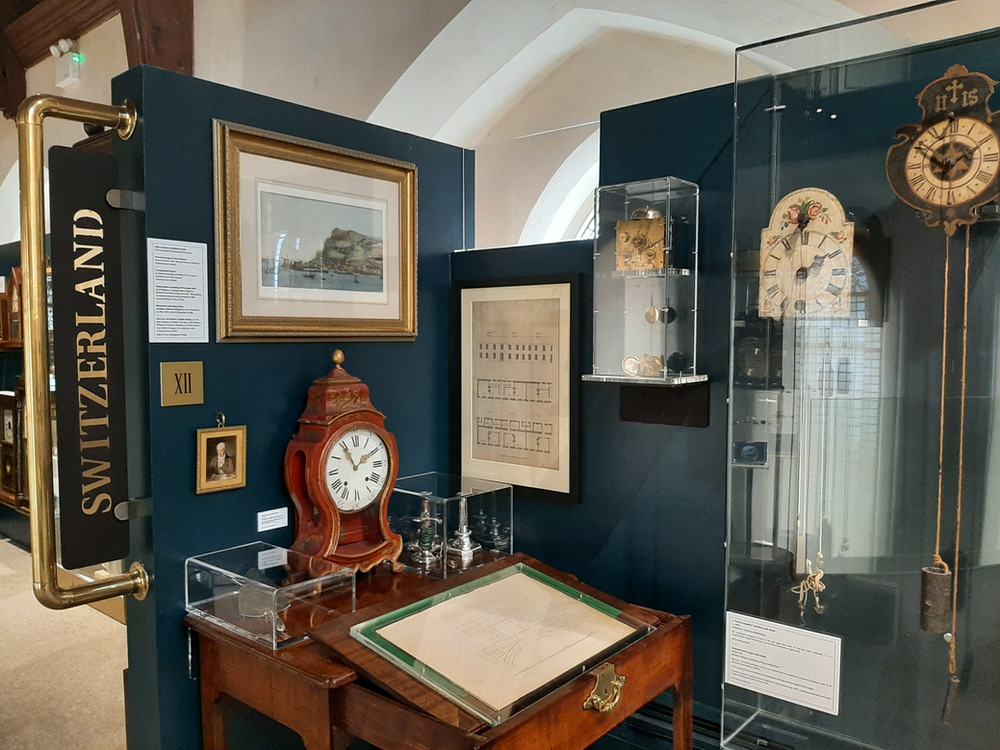
Today when we think of top-tier international clockmakers, many of us jump to Switzerland where companies like Rolex and Tissot make world-famous Swiss watches. Did you know though about the Swiss-Waterford connection? In a corner of the Museum of Time, on he upper floor lies a desk with carefully drawn out plans for a town, a town which was supposed to be built in Ireland and populated with Swiss craftsmen and their families. The plan was ambitious but ultimately, ill-fated. What led to this unique arrangement though? Read on to find out.

Swiss domination of the luxury watch industry actually begins all the way back in the Reformation period. While the watch was first invented in Germany, and many of the finest examples from this period come from France, at the onset of the Reformation in Europe there was major upheaval in these countries. Widespread cultural changes and a decrease in luxury in favour of modesty in places where Calvinism took hold across France meant that it became difficult for these watchmakers to maintain their craft as well as a steady income. Many moved to Switzerland to start anew. In the 1690s when the revocation of the Edict of Nantes in France led to the displacement of French Protestants known as Huguenots many more moved to Geneva and brought their crafts and talents with them.
In 1782 the Irish won a major political victory through the efforts of Grattan’s parliament who, after years of efforts, achieved legislative independence and free trade for Ireland. This was an enormous achievement which gave the Irish the right to govern themselves truly for the first time since Poyning’s Law, and prevented them from having to go to the English parliament for approval of statutes passed in Dublin.
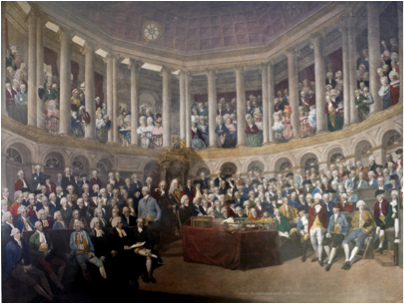
In the months after the victory of Grattan’s parliament a wave of intellectual and bright ideas overtook the country, with several grand plans for the future being tried and tested across the island. Many of these plans were concerned with making Ireland a hub of creativity and industry and attracting great European artists and intellectuals to the country so it could take its place among the other Enlightened European powers. To this end, one such plan was concerned with attracting Swiss craftspeople – silversmiths and clockmakers included – to bolster the Irish craft culture.
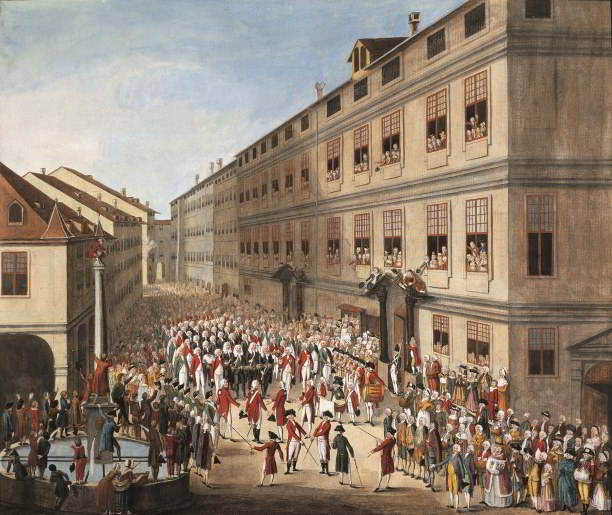
Located near Passage East, a proposed town to be known as New Geneva was set up in 1783 through a joint effort between the Irish government and a group of citizens from the city-state of Geneva who had been displaced by the Geneva Revolution of the previous year. This revolution was a short-lived attempt by the middle-class citizens of Geneva to have a right to vote and serve in official offices and thus to broaden the sphere of influence and take power back from the 1,500 burghers or oligarchs who ruled the city. The uprising was unsuccessful and many of its supporters found themselves exiled to Paris, across Europe and of course, to Waterford.
The town was to be a product of the enlightenment, carefully planned out by the architect James Gandon. The ambitious plan included an almost perfectly rectangular settlement with a church, a hospital, a prison and terraces of neatly designed houses for the Genevans to rebuild their community. More than £50,000 was allocated to achieve this dream after negotiations between the Genevans and the Irish government moved to the next stage
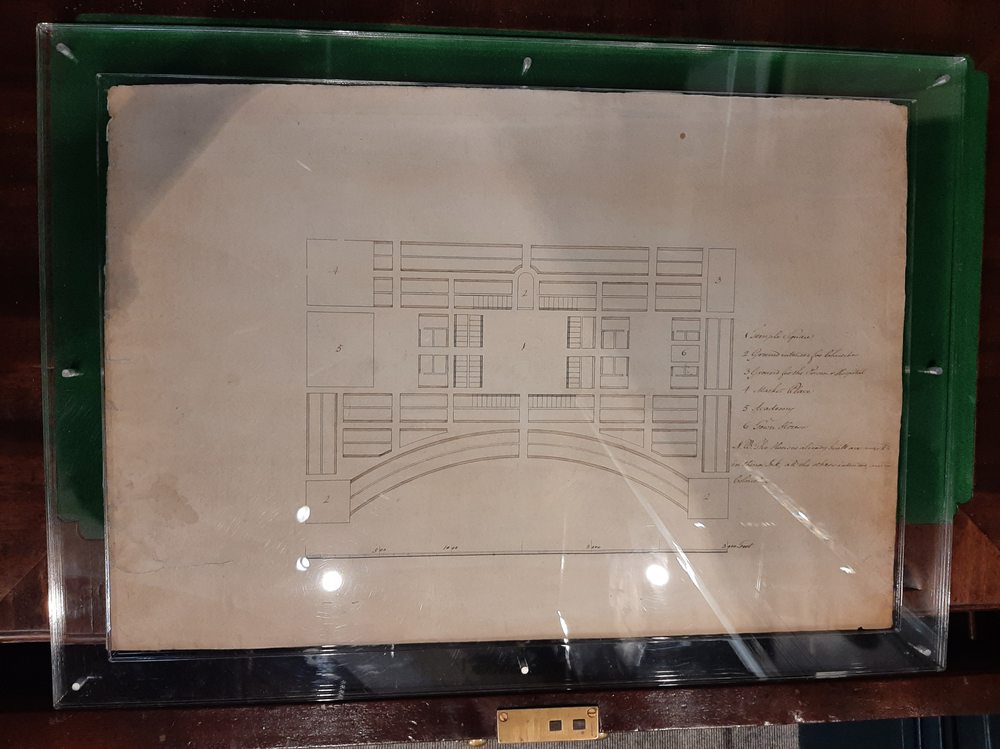
Sadly the project failed quite quickly when – in the spirit of their earlier wishes – the Genevans expressed a desire to represent themselves in parliament and to have to ability to self-govern with similar laws to those they had observed back home in Geneva (who could have seen that one coming?). To the Irish, who had just recently gained legislative independence, this was an unacceptable agreement, having just gained the right to rule themselves they weren’t about to withstand a foreign group in parliament . Negotiations soon broke down and the plan fell apart. New Geneva was dead in the water, only partially built and left to fall to rubble.
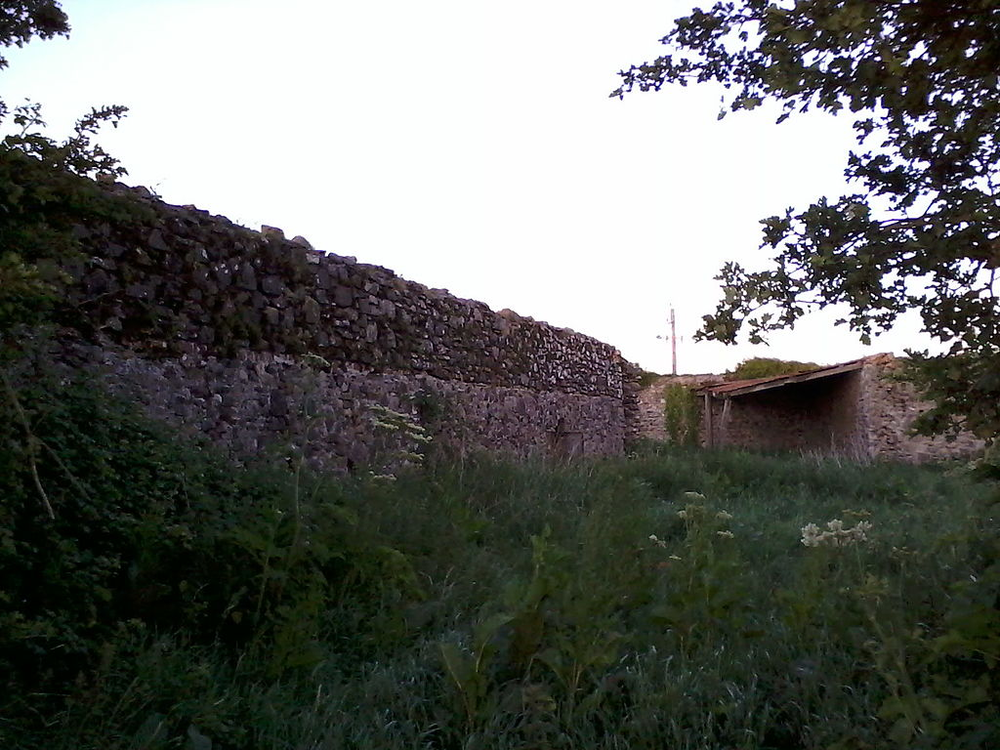
Afterwards the site was taken over by the Irish government with plans to build a military base there. Then, during the 1798 Rebellion the barracks found a new use when they were employed as a prison by the government for those involved in the uprising. Many of the revolutionaries kept within its walls were either sentenced to death for their part in the struggle or transportation to the penal colonies in Australia. Unfortunately today only sparse ruins remain visible above ground and the town that never was has faded into obscurity.
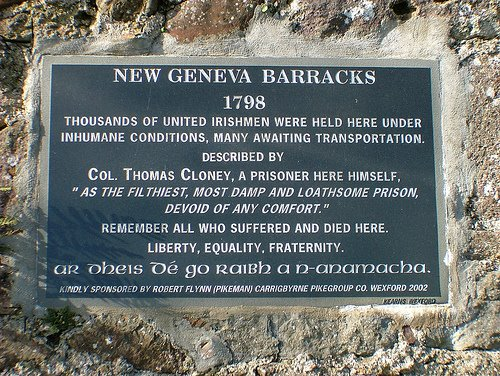
If you would like to learn more about New Geneva, its origins and its undoing then have a listen to this talk given by Professor Richard Whatmore, who literally wrote the book on the subject, here: https://www.youtube.com/watch?v=Mxhu_1adhHI


